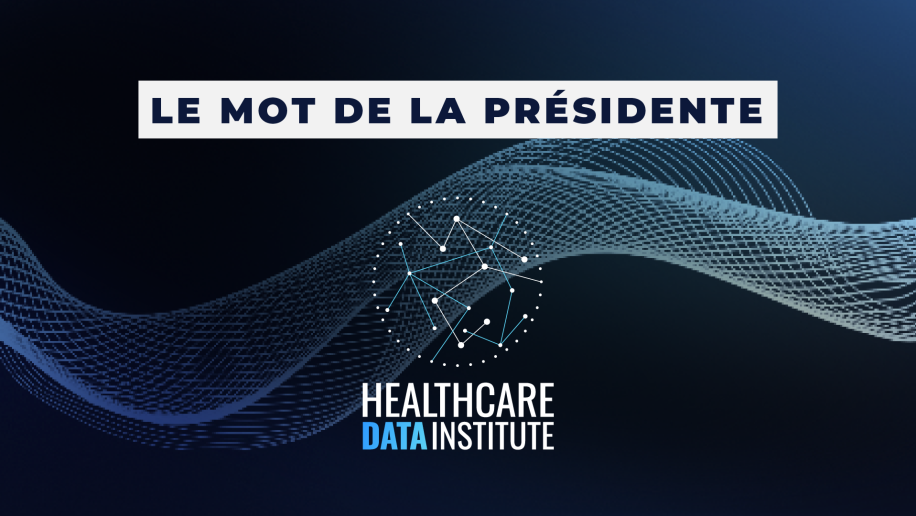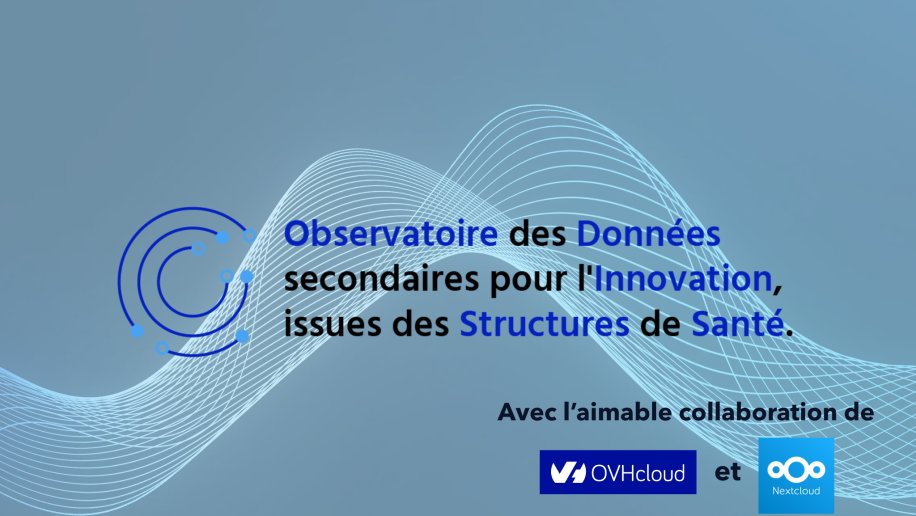Big Data technologies hold great promises for healthcare. Indeed, the ability to process data of increasing volume, velocity and variety, paves the way for unprecedented insights into biological pathways and disease mechanisms as well as faster and more cost-effective treatments. Patients, providers, as well as states, stand to benefit.
But did you know that when analyzing, creating models and making predictions, computers are most often confined to their comfort zone: structured data? This is data that is either numerical or pre-ordered by the human hand, representing only a small share of what is available. In fact, 80 percent of our data assets come in unstructured form: information that is only available in the textual parts of health records, clinical studies, scientific literature and patents, as well as audio-visual content such as CAT scans.
Because of this, it can be expected that the larger part of healthcare insights and efficiency gains will come from our ability to structure unstructured content to push computers beyond this current comfort zone. It will enable them, for example, to understand a practitioner’s comments in a patient’s health record, as well as the finer aspects of that patient’s profile and medical history, and to draw correlations with similar observations in the larger patient population, that will accelerate and facilitate diagnosis and/or help physicians recommend the most relevant treatment.
“Structure the unstructured” is our underlying Big Challenge to make Big Data a Big Success for healthcare.
___
Charles Huot
Member of Healthcare Data Institute’s Advisory Committee.
Executive Manager and co-founder, Temis / President of Alliance Big Data’s Advisory committee.




